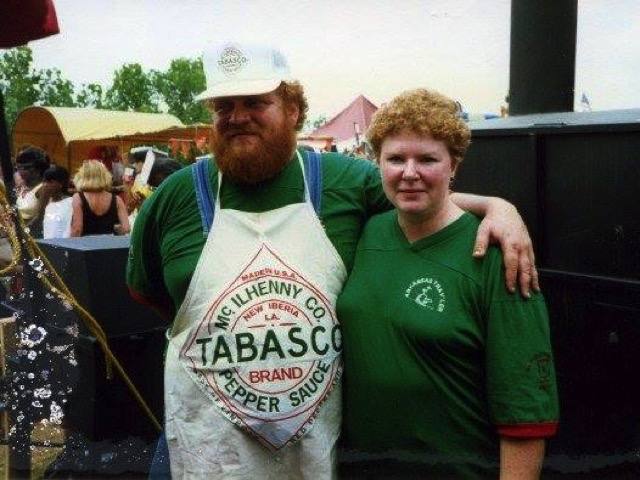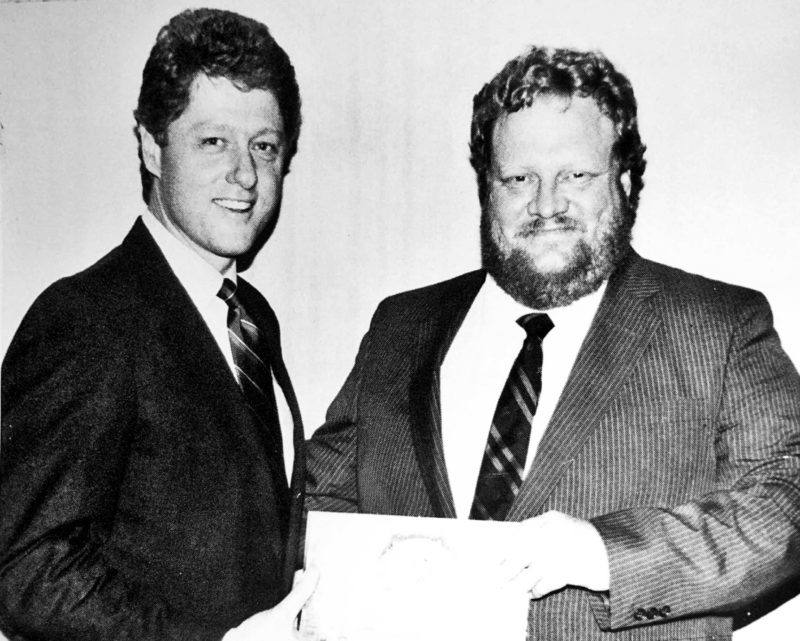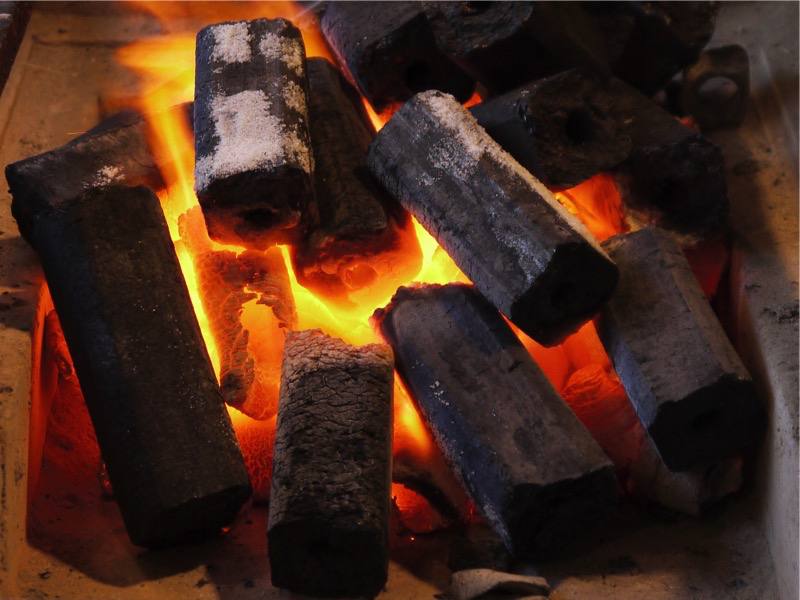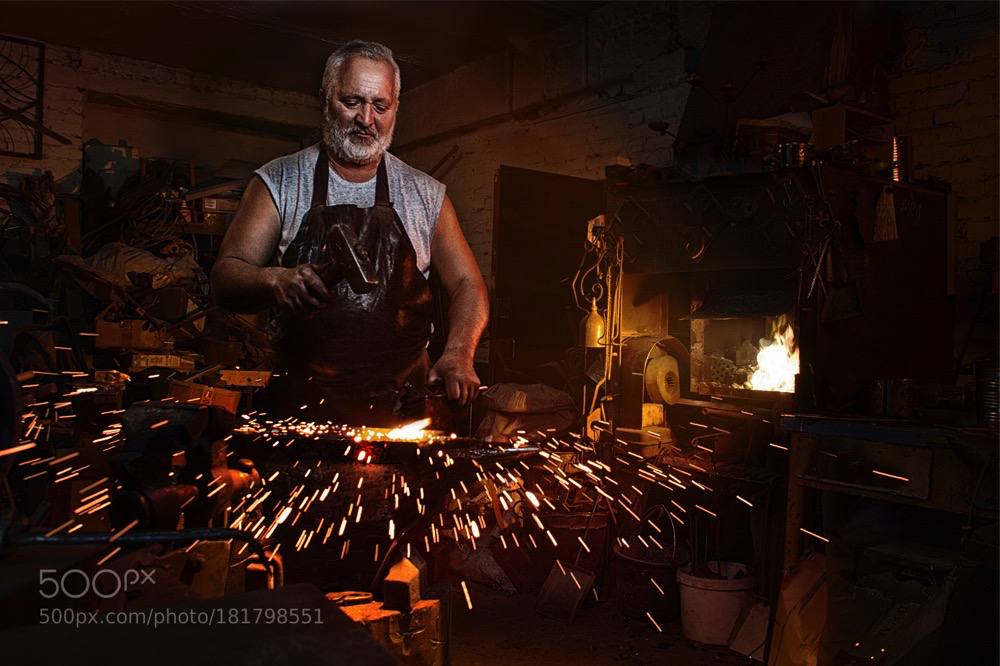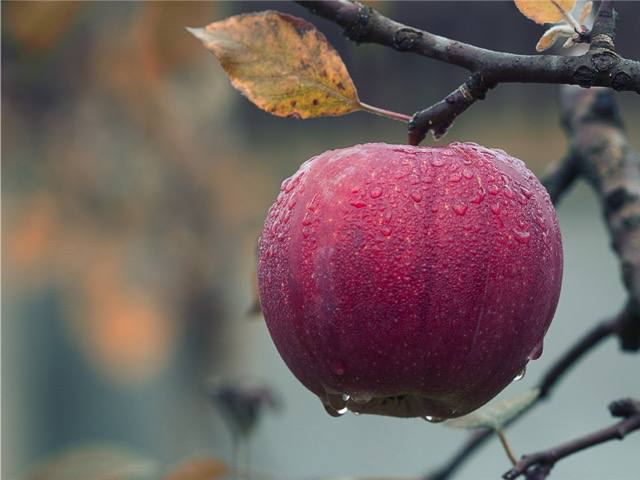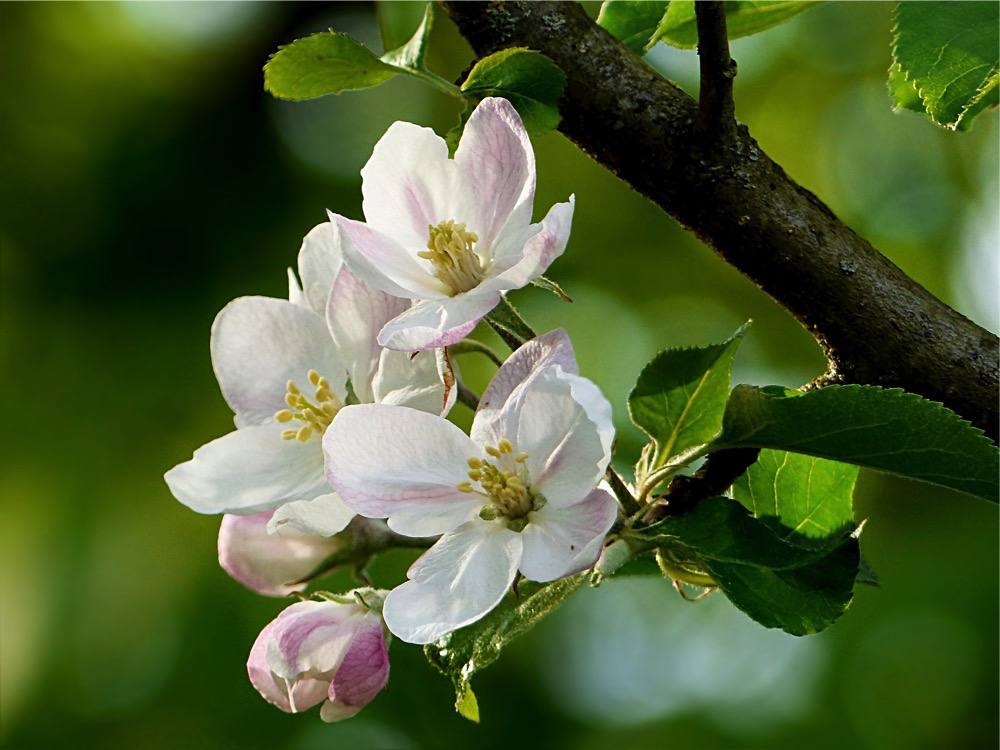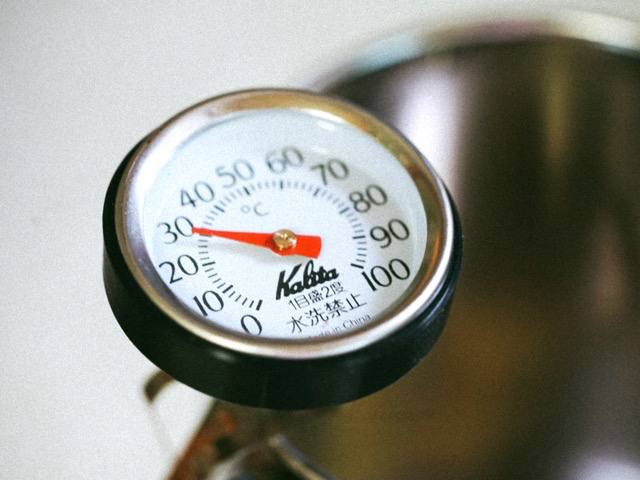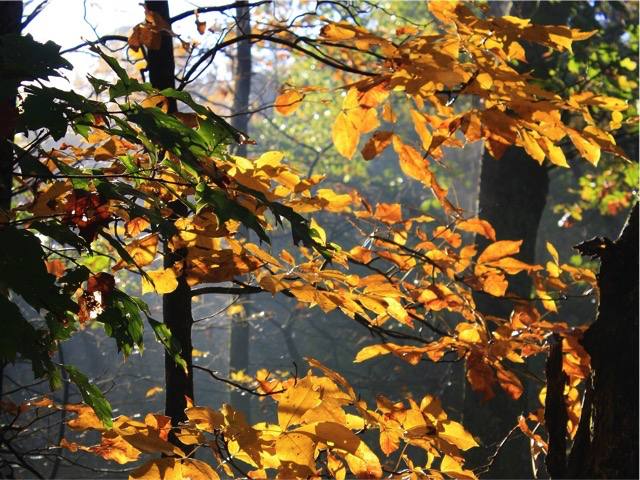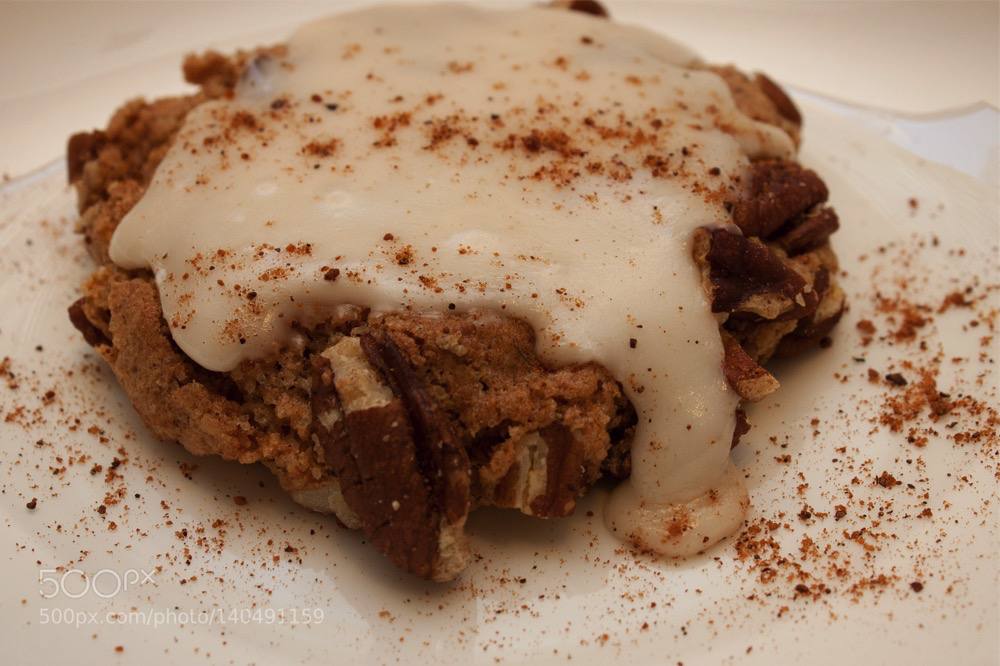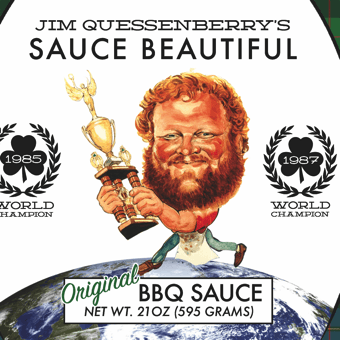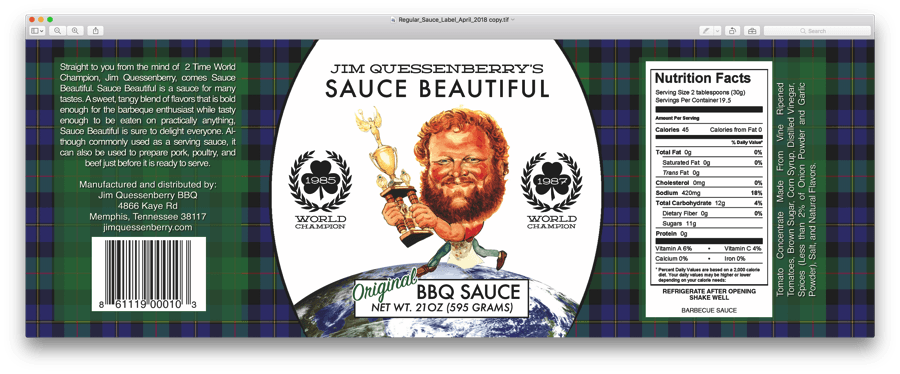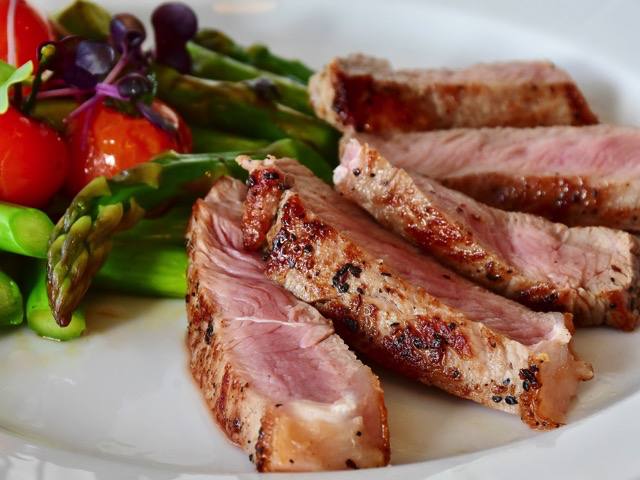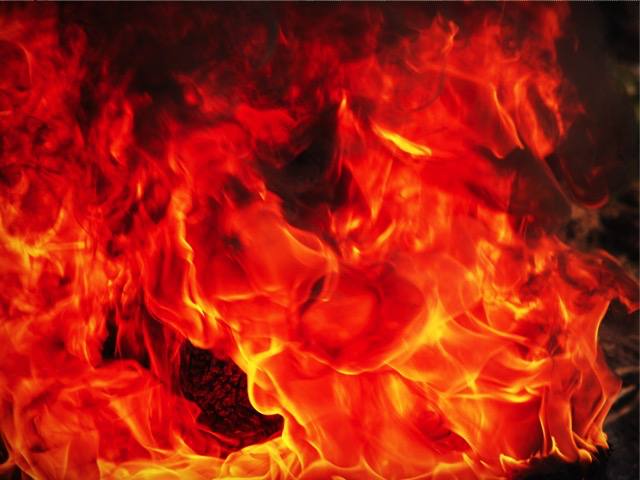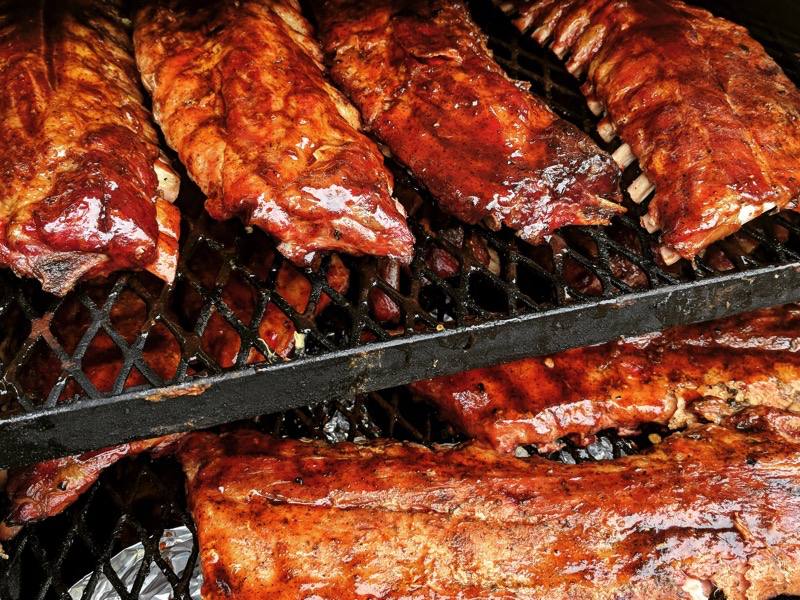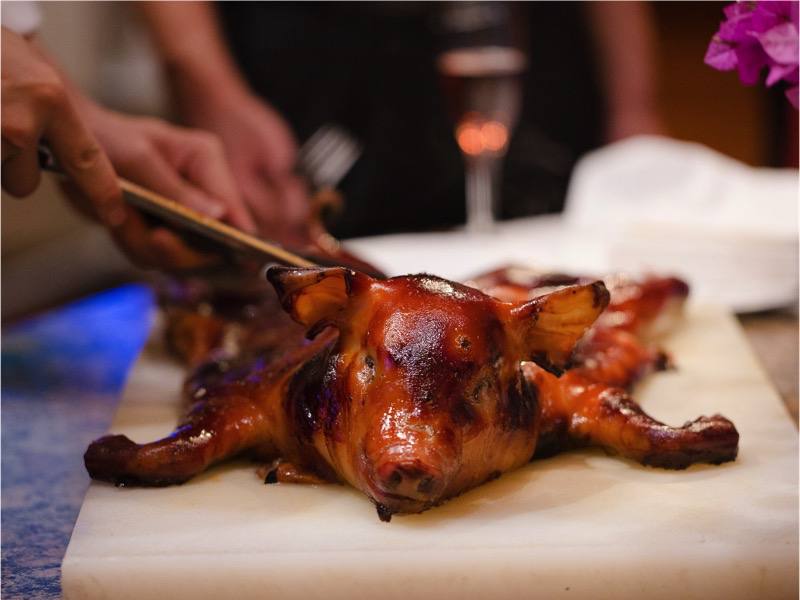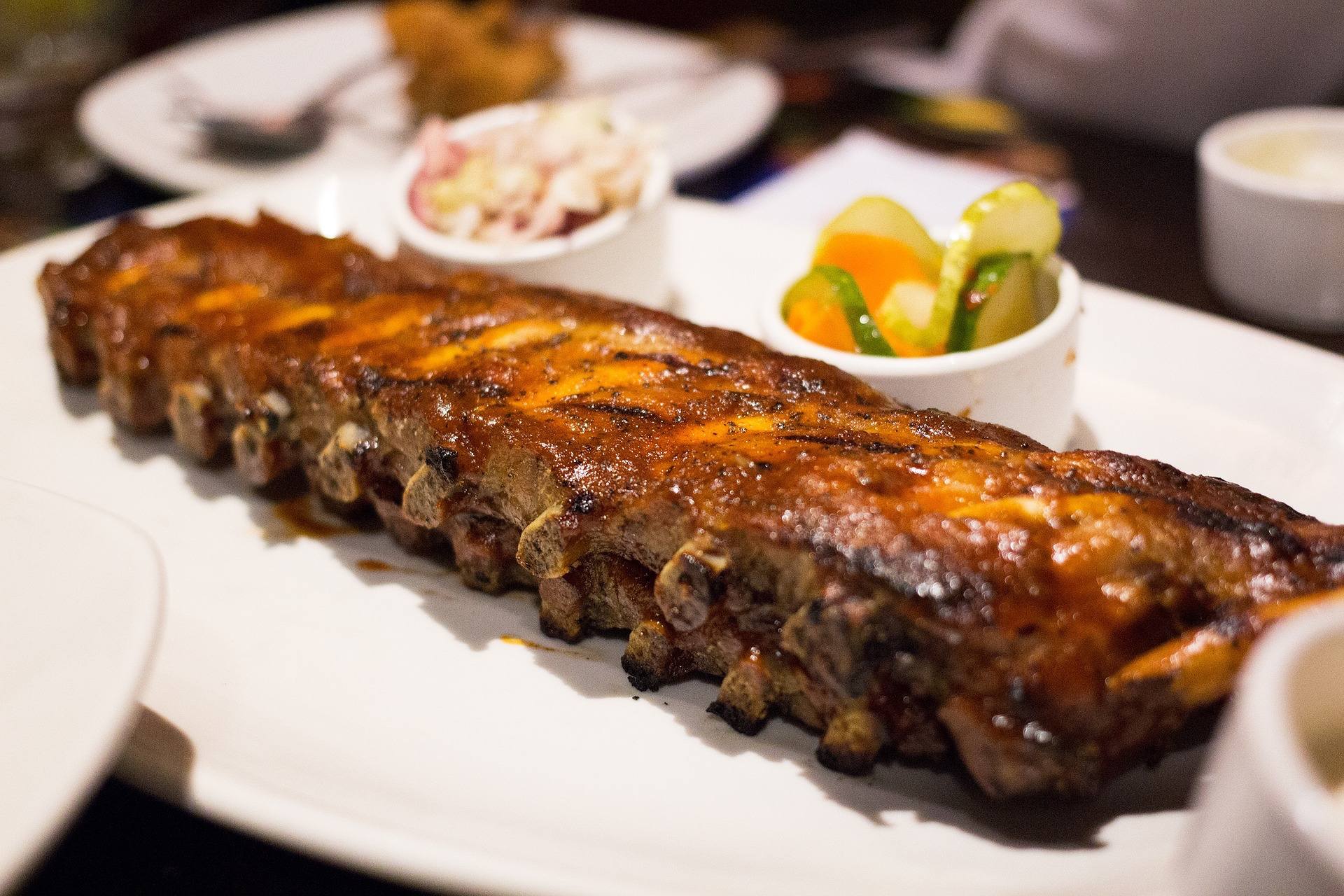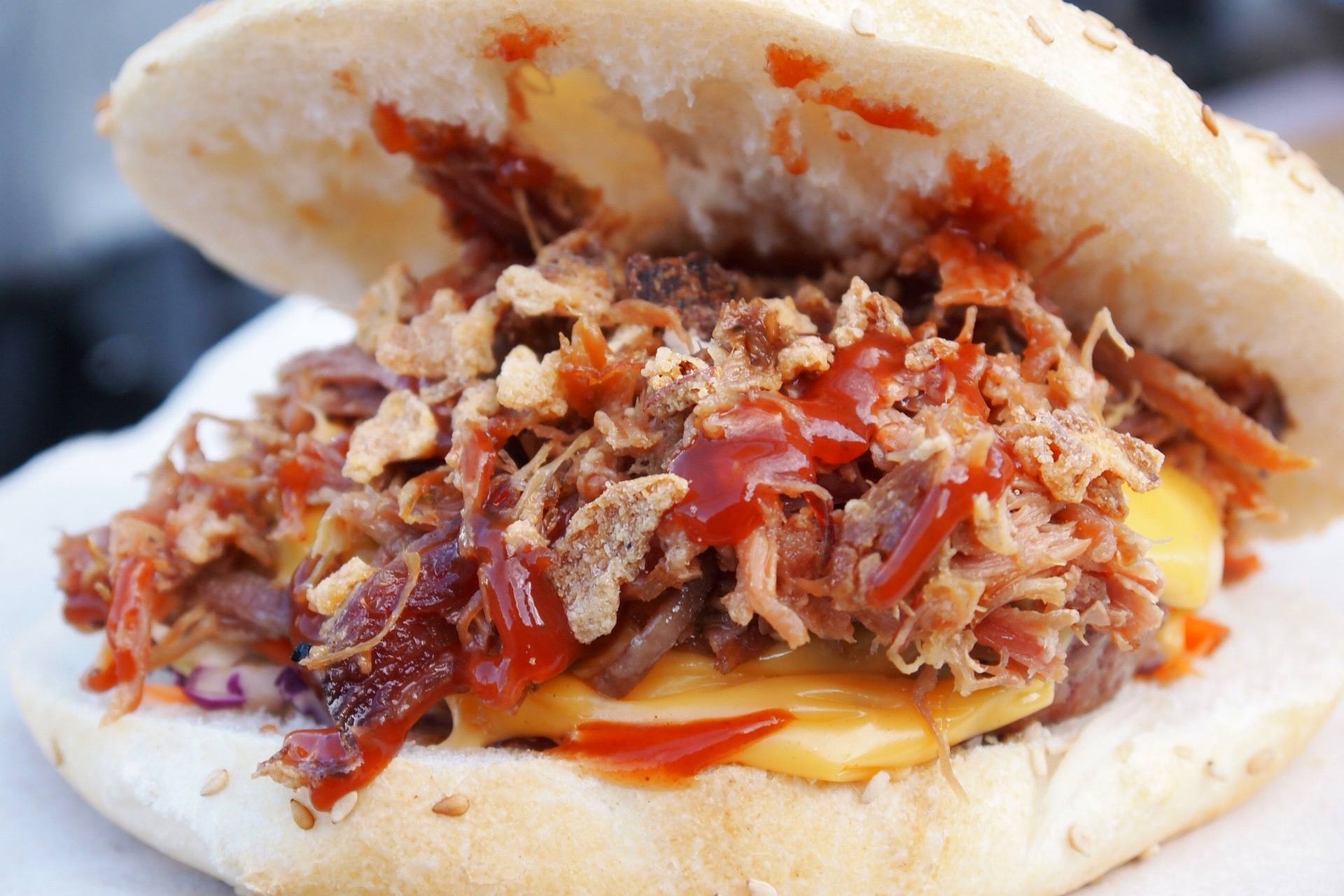Day 16: Five Stories about Jim Quessenberry That Will Inspire You.
There are moments in life that refine a person and then there are actions that define a person. As Jim’s oldest boy, I’d like to share with you five of the most influential and inspirational deeds that Dad did to better the world.
5. No-Till Farmer of the Year
When I was a kid Dad had a handful of big shiny gold and silver belt buckles that were placed on plaques hanging from the fireplace mantle. I was always fascinated with them and I never could understand why he never wore them. I didn’t realize they were trophies for a very niche type of farming where you use less fuel, less herbicide, and less fertilizer while refraining from burning off your fields and polluting the air. The No-Till farming practice was started as a way to save on costs while also minimizing the impact of large scale agriculture on the environment. In the mid to late 1980’s, Jim’s farm was recognized on several occasions by the state of Arkansas as one of the best in the state and he was awarded No-Till Farmer of the year in consecutive years by then governor, Bill Clinton. Dad was a pioneer and champion for the natural state before it was cool to be organic and environmentally friendly.
4. Justice of the Peace
As a kid I was the ring-bearer in about a thousand weddings. My brother and I were often stand-ins for rehearsals and practice. When people wanted to get hitched they showed up at our house with a marriage license and a fistful of cash ready to ride off into the sunset as husband and wife. As a Justice of the Peace for 3 consecutive terms, Dad was given the privilege of being able to perform wedding ceremonies indefinitely. At some point he got so many requests to perform the ceremonies that he ended up doing them for no cost. It was one of the things he liked best about his public service and it made many good memories, and maybe a few not so good memories for some of the ones that barely made it down the road before getting an annulment. Neverthless, he enjoyed doing what he could in our community to keep the peace and make people happy.
3. Neighborhood Parents
Several of my friends considered Dad to be their second Dad. He had a heart as big as his appetite and would allow friends of mine to seek refuge where they might not have a good environment in their own homes. Of course you had to “earn your keep” which meant making barbecue sauce, cutting the grass, or just having to listen to the endless supply of corny jokes. My friends as well as Michael’s friends all have several unique stories and memories from being one of Jim’s extra kids. Dad and Mom both would go out of their way to help children. Mom usually provided transportation in her Chevy Astro Van to and from ballgames, FFA events, birthday parties, and school trips. She made sure everyone had shoes, clothes, and food too.
2. Wizard of Worldly Wisdom
Dad was a walking Farmer’s Almanac. He had pretty much memorized all of the phases of the moon, knew when the best time to view the northern lights was if applicable, knew more than anyone needs to know about 13 and 17 year locusts, could measure the distance of lightning strikes from our location by counting the time it took to hear the thunder, knew when all the major celestial events would occur and where to get the best view, could navigate by the position of the stars, and knew every constellation in the sky. Most of this knowledge came from an actual almanac but all of it was committed to his memory and would be delivered to anyone willing to listen. He was a farmer after all, so movements of the heavens were something very important to him. He read our horoscopes to us after we read the Sunday comics and he loved to teach us to read. One of his favorite past times was telling old ghost stories while we stayed up all night catching catfish.
1. Philosopher of Barbecue (Jim Quessenberry, Ph.B.)
Like many of his colleagues in the pioneering world of championship barbecue, Jim had a few nicknames. He went by “Killer,” “The Arkansas Trav’ler,” “Jimbo,” “Big Jim,” and “Jim Quessenberry, Ph.B.” The latter of those was given to him by hall of famer Ardie “Remus Powers, Ph.B.” Davis. Earning a nickname in the BBQ world is a prestiguious achievement backed by many of the best pitmasters in the world. Some of the best known names of the time were Remus Powers, Ph. B, Billy Bones, Silky “The King of the Irish” O’Sullivan, and Smokey Hale to name a few. Many people wanted to interview Dad and get to know his views on the world, cooking, and life in general. As a go to for many jokes, long adventurous stories, and basic advice on getting the fullest from life, Jim became known as Jim Quessenberry, Ph.B. This was a title bestowed upon him by the original “Doctor of Barbecue” Ardie “Remus Powers, Ph.B” Davis. Throughout Jim’s barbecue career, he was a philosopher of not just barbecue, but life to its fullest.

Although there aren’t any call booths or a Tardis’ like Dr. Who, for Dr. Q there are plenty of blue port-a-johns (Turdis) at Memphis in May that look like a Tardis and Ardie has the scoop on the magic behind one of Jim’s best pranks ever. Be sure to grab a copy of “America’s Best BBQ” by Ardie himself. While you’re at it, be sure to grab a jar or two of barbecue sauce.

